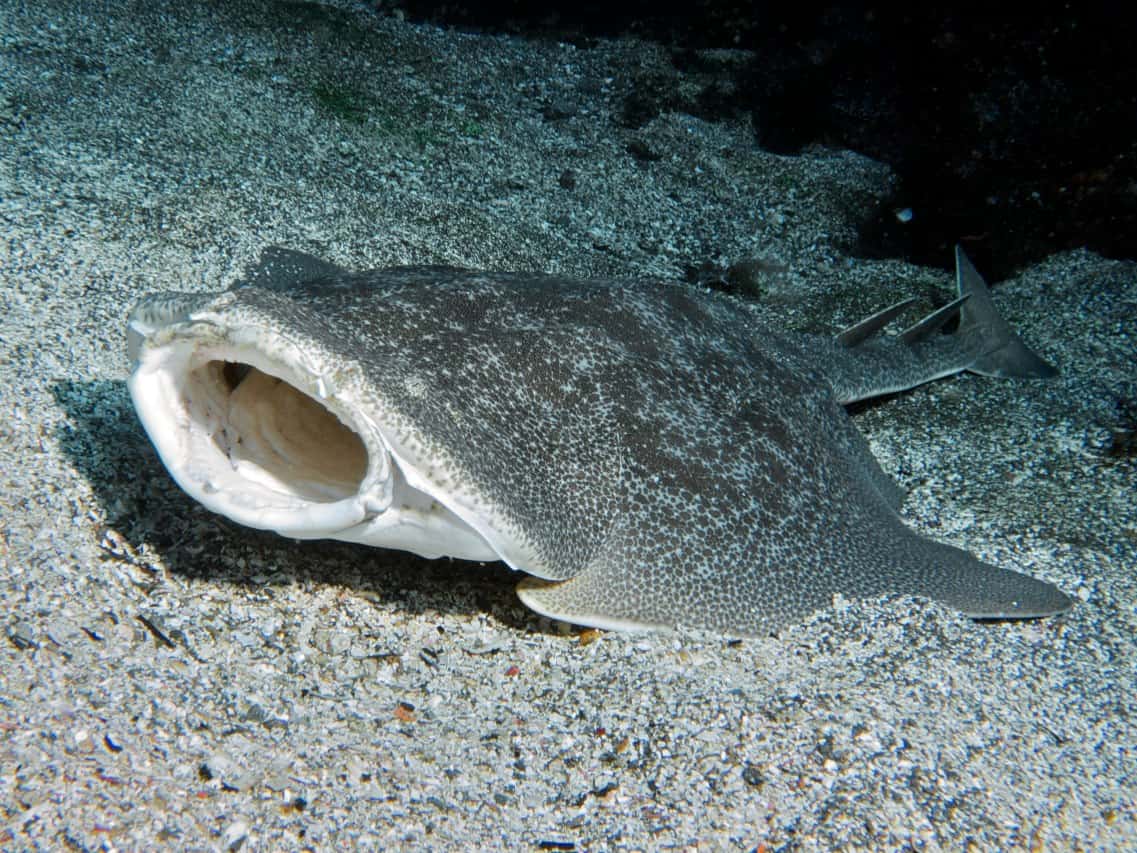Sharks have always captivated human imagination, often as misunderstood predators of the deep. Among them, certain species stand out not only for their unique traits but for the air of mystery that surrounds them. Off the shores of the United States, a collection of enigmatic shark species has been spotted, each with its own secrets lying beneath the surface waters. This article delves into some of the most mysterious shark species that have intrigued scientists and marine enthusiasts alike, offering insight into their behaviors, characteristics, and the mysteries they hold.
Introduction to Mysterious Shark Species
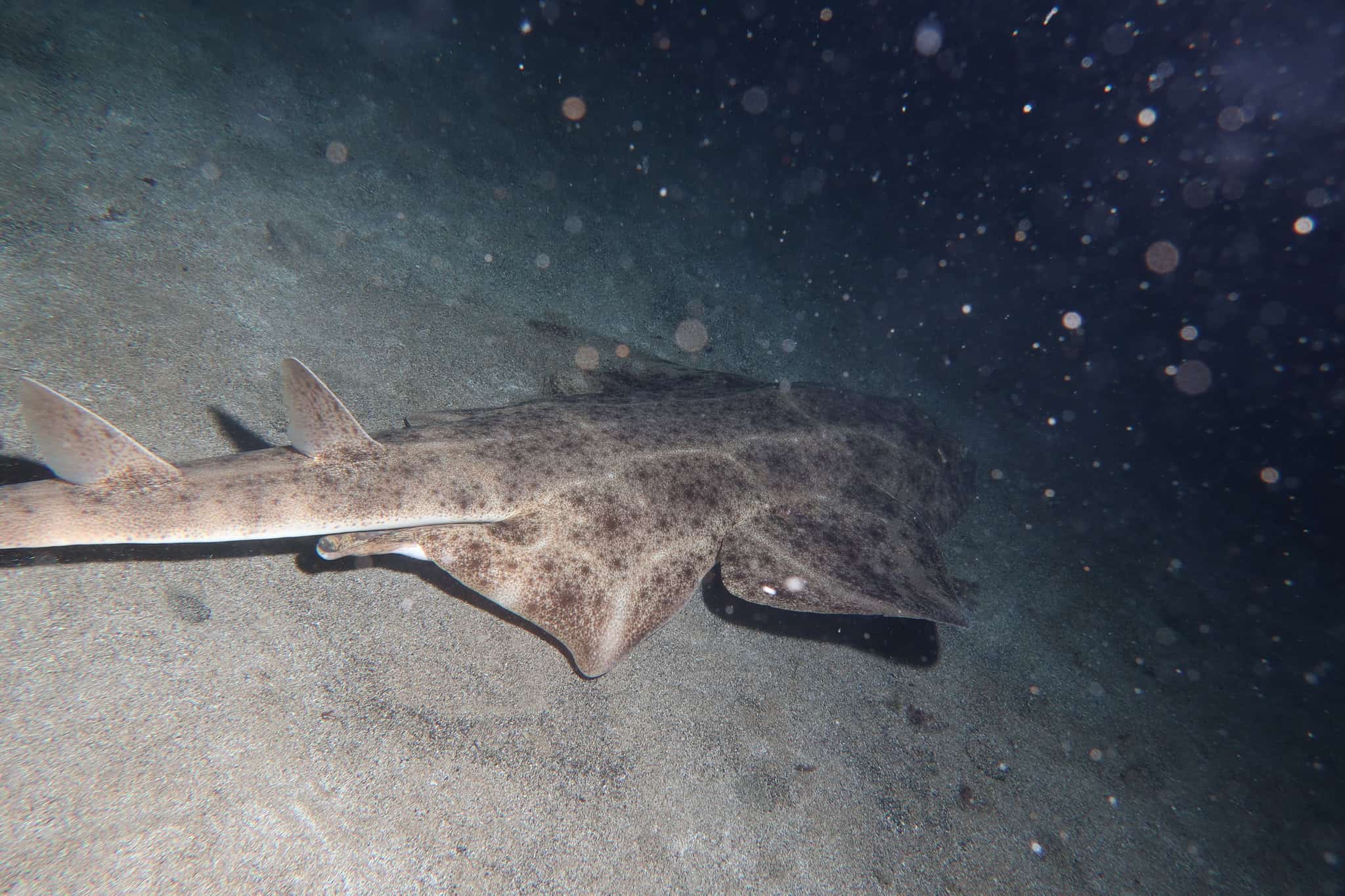
Throughout history, sharks have been painted in broad strokes of awe and fear. However, while popular culture has often portrayed them as fearsome man-eaters, scientists have uncovered a complex truth about these ancient mariners. Among the many species that roam the waters near the United States, a few have remained particularly elusive, sparking an ever-growing intrigue in the scientific community.
Depths of the Frilled Shark

The frilled shark, an ancient species with lineage tracing back millions of years, resembles something out of a prehistoric era. Its long, eel-like body and fringed gills set it apart from more familiar shark silhouettes. Rarely seen due to its preferred deep-sea habitat, the frilled shark has been occasionally spotted off the coast of the eastern United States, leaving marine biologists eager to learn more about its elusive habits and life cycle.
Goblin Shark: The Underwater Phantom
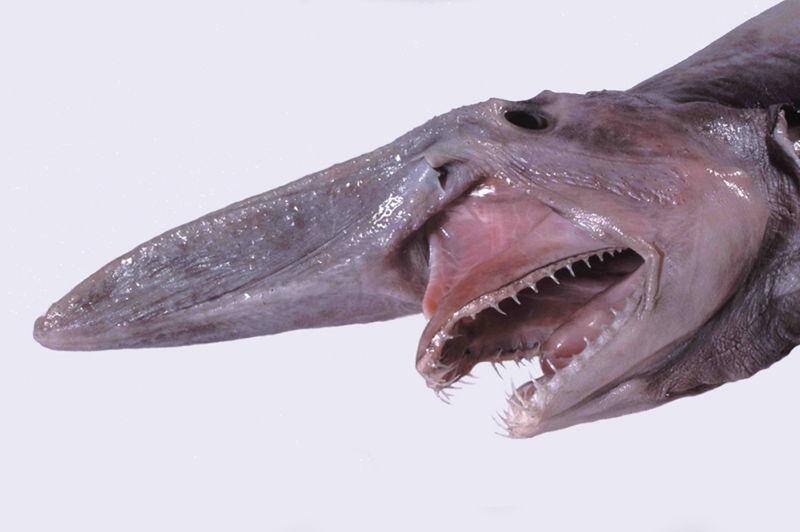
With a name as captivating as its appearance, the goblin shark is often called the “living fossil.” This deep-sea dweller has a pink-hued body and a distinctively elongated snout. Its presence is shrouded in mystery due to the infrequency of sightings. Though known for its sudden appearances in deep waters adjacent to US coastlines, much of this shark’s behavior remains unknown, with researchers striving to understand its feeding habits and ecological role.
Secrets of the Megamouth Shark

The discovery of the megamouth shark in 1976 marked one of the most significant shark discoveries of the 20th century. Recognizable by its enormous, gaping mouth, this species has primarily been sighted in the deep waters of the Pacific Ocean. Occasionally, individuals venture near US waters, sparking interest due to their enigmatic filter-feeding behaviors and elusive migratory patterns.
The Elusive Thresher Shark

Thresher sharks are known for their lengthy, whip-like tails used with precision for hunting prey. While they are more commonly seen than deep-sea sharks, many of their behaviors remain poorly understood. Seasonal sightings near US coasts provide rare opportunities for researchers to study their hunting strategies and migratory habits.
Mystical Manta Ray Sharks

Often mistaken as a separate species, manta ray sharks, also known as devil rays, are relatives of sharks that navigate the ocean with grace. While their massive wingspans often draw attention in open waters, the nuances of their social behaviors and long-distance migrations continue to be pieced together by marine scientists.
Cookiecutter Shark: The Twilight Feeder
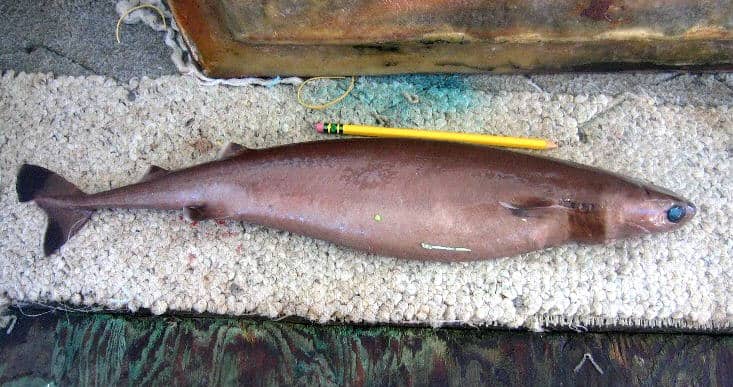
Despite its small size, the cookiecutter shark is a formidable predator. Infamous for the unique, scooped bites it leaves on its prey, sightings near Hawaii and other parts of the US coast have puzzled scientists eager to decode its feeding patterns and ecological significance.
Ethereal Angel Sharks
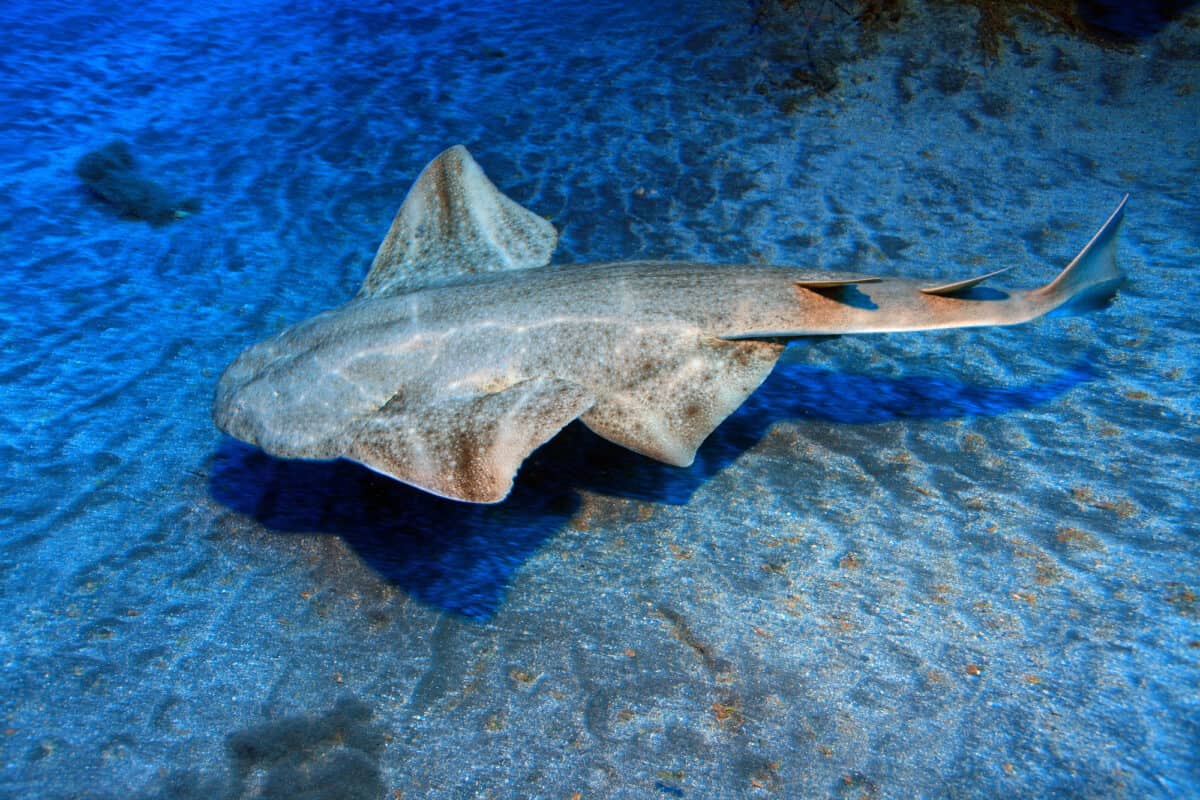
The flattened appearance of the angel shark allows it to camouflage effortlessly with the ocean floor. Found occasionally in the southern parts of the United States, this elusive species carefully navigates the boundary between sandy sea beds and rocky reefs, allowing for brief glimpses of its ghostly form.
Mysterious Behavioral Patterns

For each of these sharks, sporadic sightings and scarce research data make decoding their lifestyles a challenging yet intriguing endeavor. Understanding why certain species frequent the US coastlines while others are rare mysteries offers ongoing opportunities for exploration and discovery.
The Role of Deep-Sea Habitat
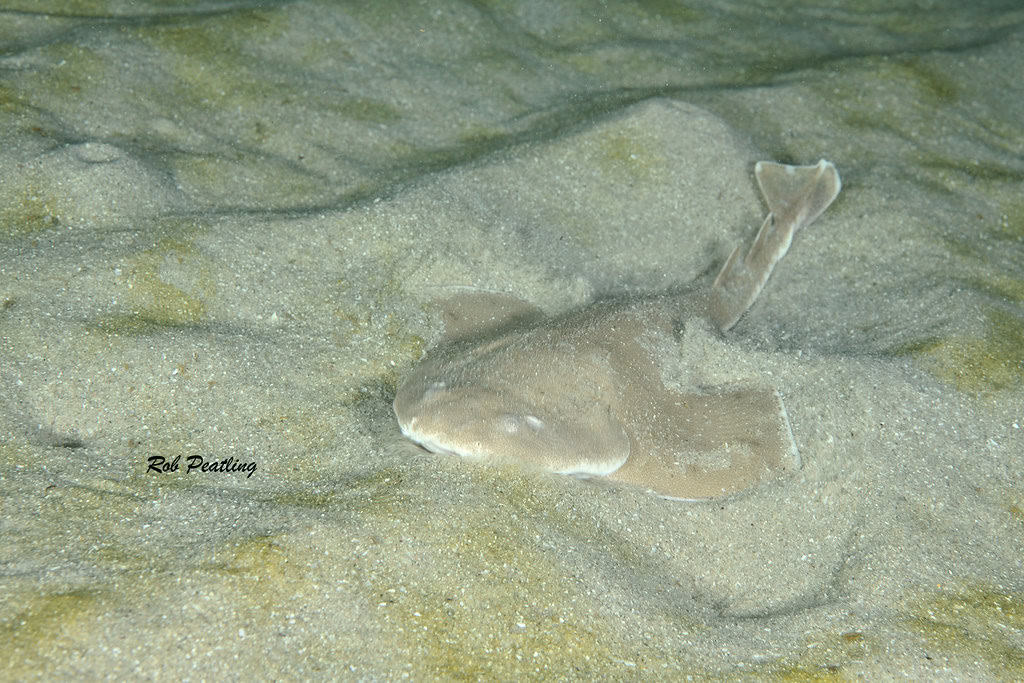
The deep-sea environment provides a haven for many mysterious sharks, offering protection from human interference. The intense pressure, low temperatures, and unique landscapes of the ocean’s depths create conditions that favor elusive, slow-paced lifestyles that scientists can only begin to fathom.
Conservation Efforts and Challenges
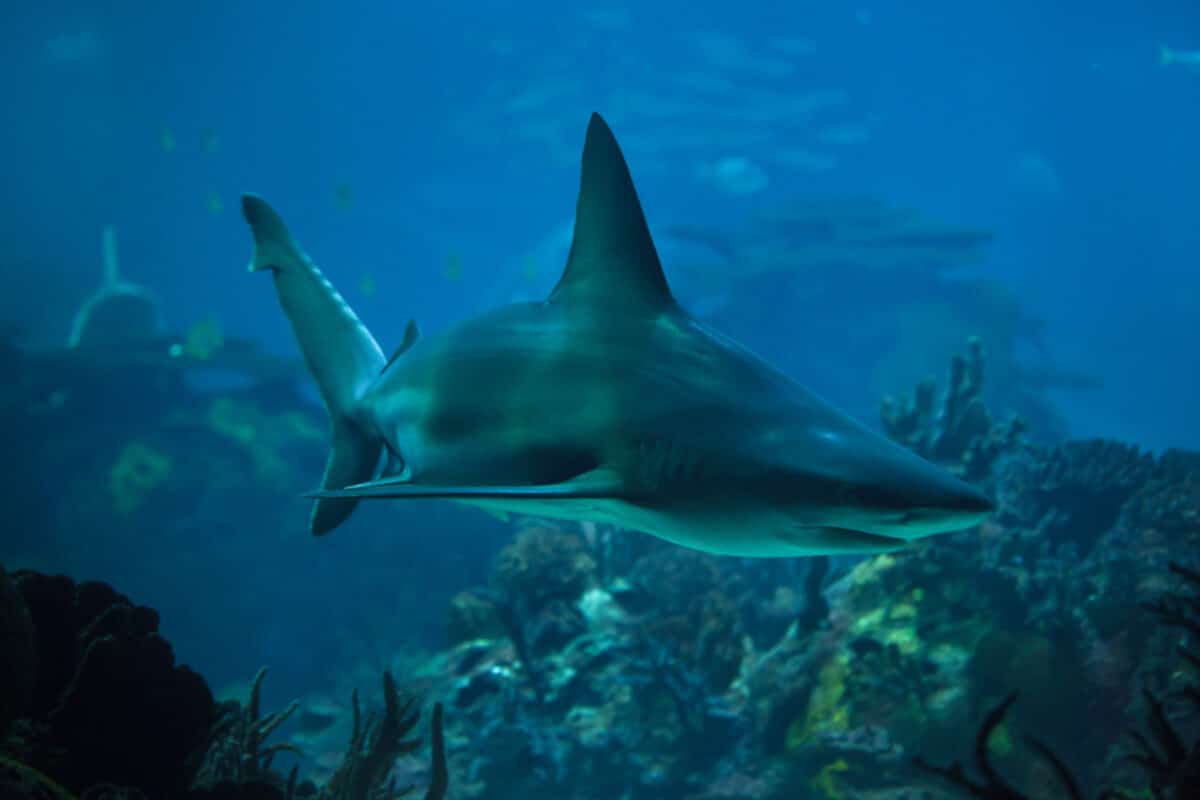
Conserving these mysterious sharks is complicated by their elusive natures and vast, often inaccessible habitats. As our oceans face increasing threats from climate change and pollution, efforts to protect these species require international cooperation and innovative strategies to safeguard their future.
The Future of Shark Research
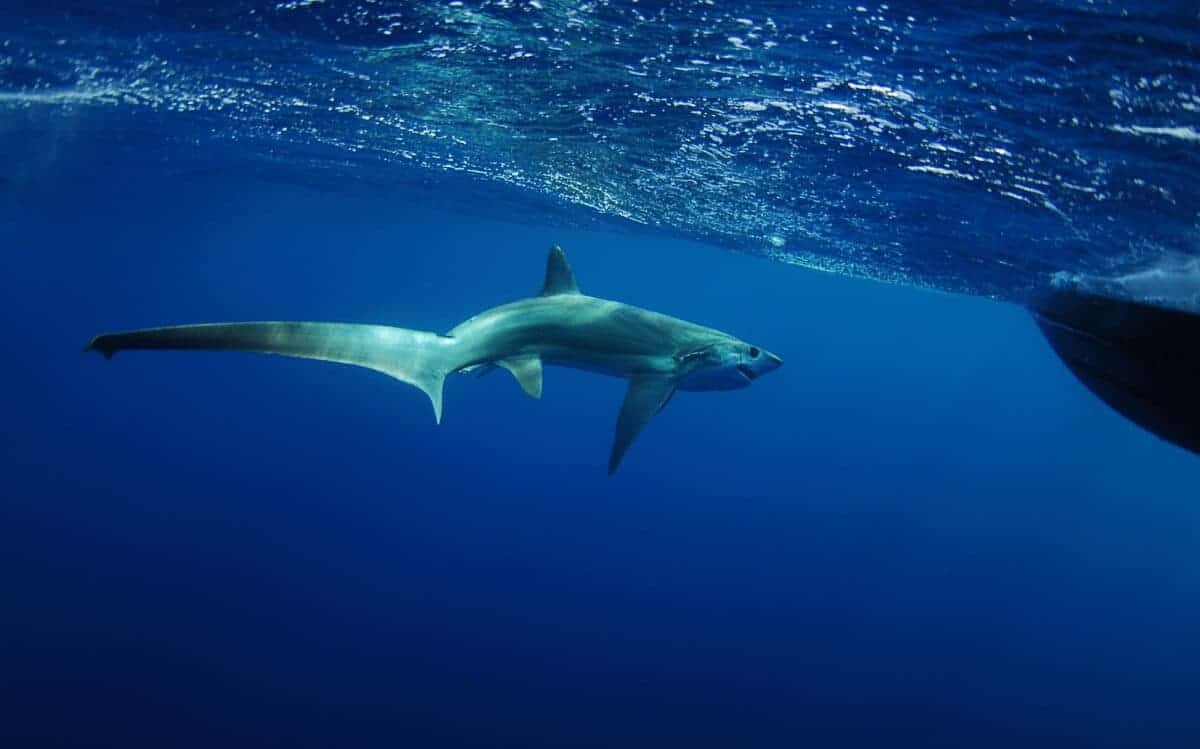
Emerging technologies, including advanced tracking devices and deep-sea submersibles, are redefining the scope of researching mysterious shark species. With each discovery, scientists gain invaluable insights into the ecosystems these creatures inhabit, informing conservation strategies that ensure their continued existence.
Conclusion: The Ongoing Mystery of the Deep

These intriguing sharks off the US coasts remind us of the ocean’s complexity and the vast, uncharted world beneath the waves. Each species — from the ancient frilled shark to the enigmatic goblin shark — represents a piece of the ocean’s puzzle, urging us to continue our quests for knowledge. As we strive to learn more about these mysterious creatures, we are reminded of the ocean’s boundless wonders and the crucial importance of protecting these majestic yet mysterious inhabitants.
- The Sad Reason Polar Bears Are Struggling to Find Food - August 21, 2025
- How Do Animals Find Their Way Home Without GPS? - August 20, 2025
- Why Some Animals Can Live for Hundreds of Years - August 20, 2025

